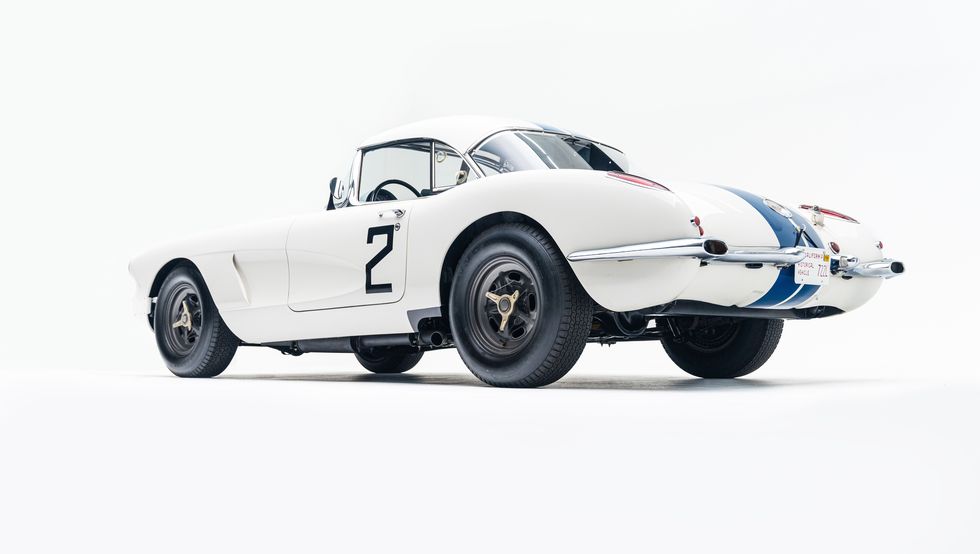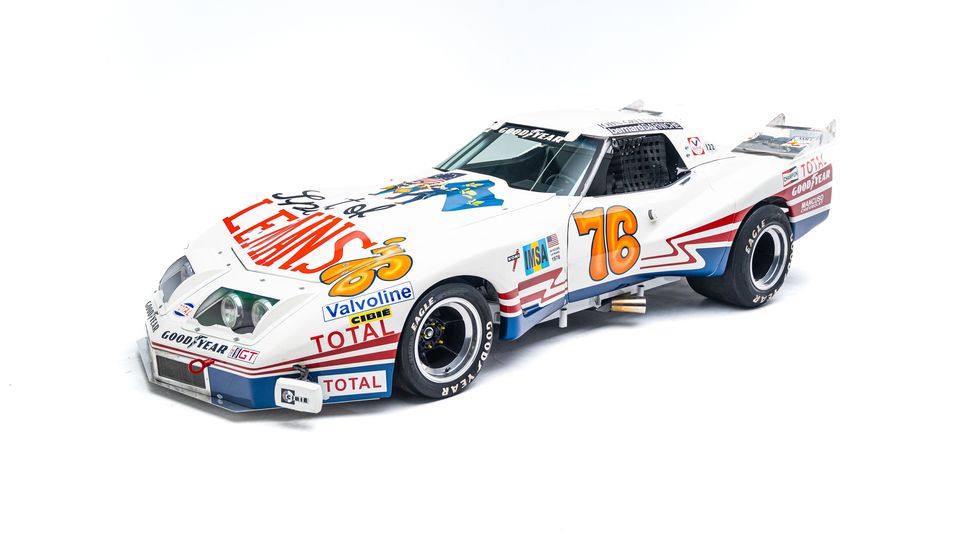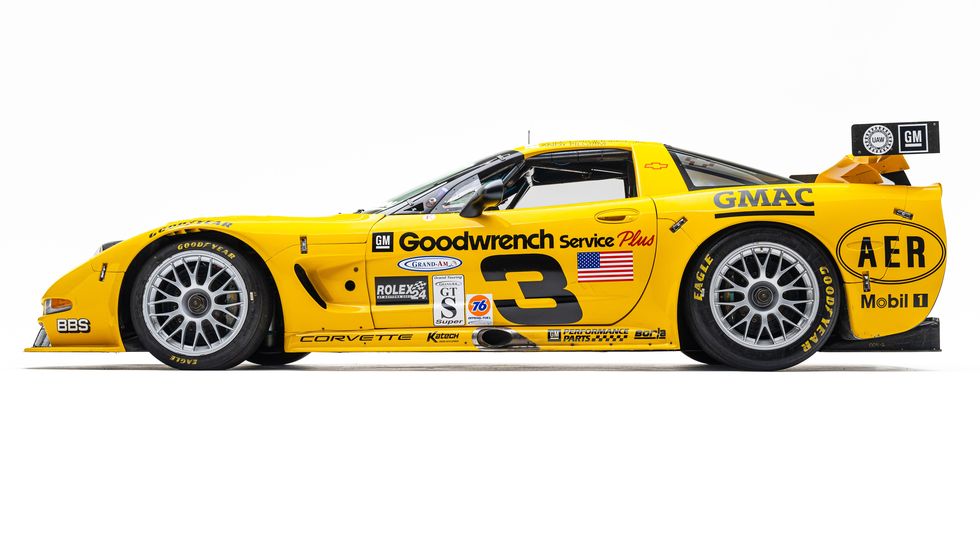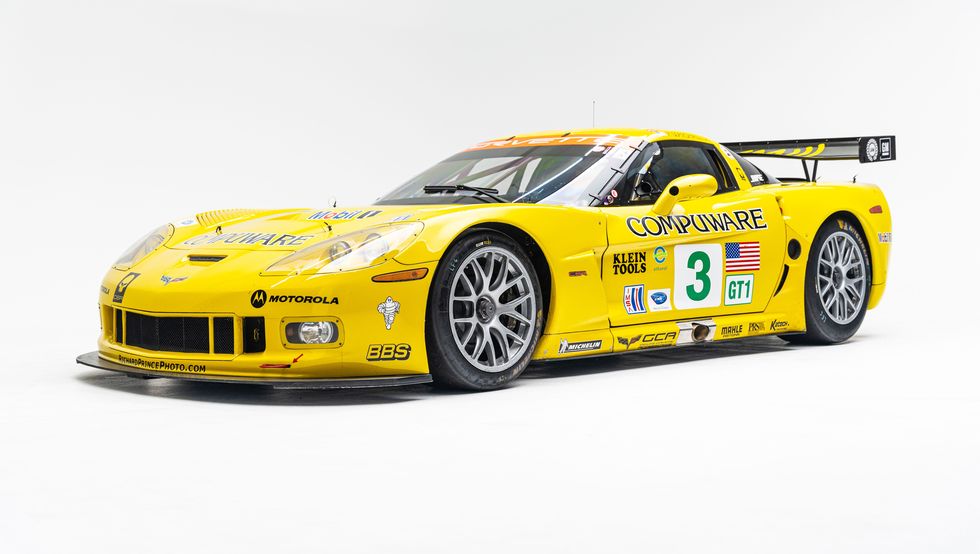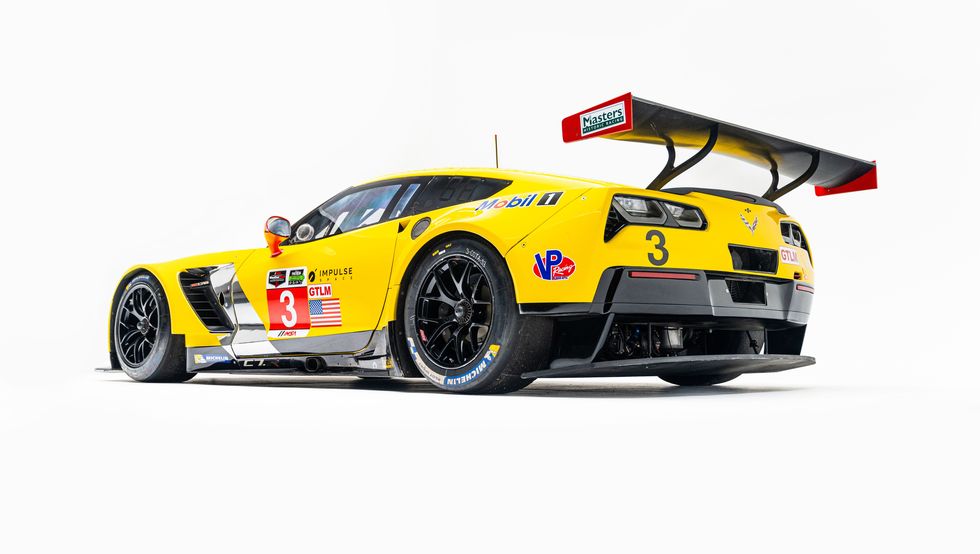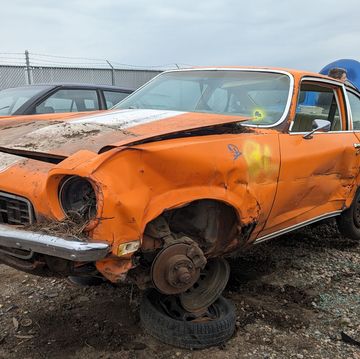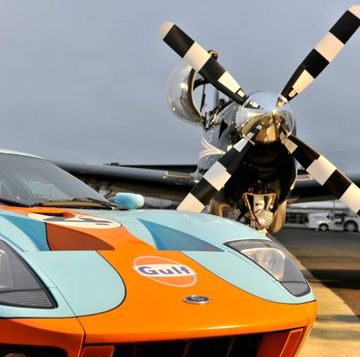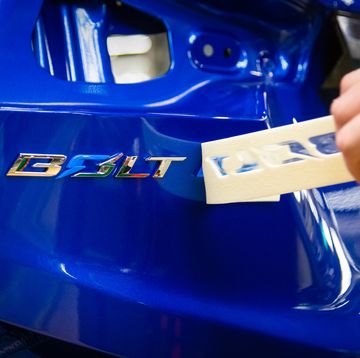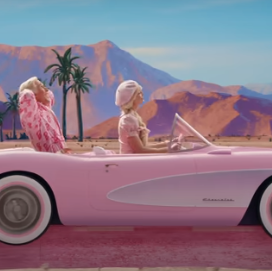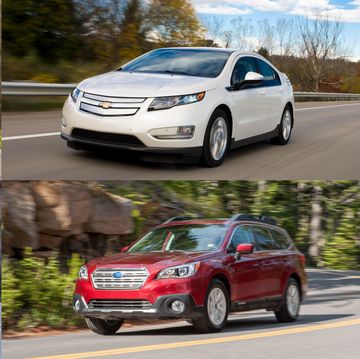Are These the 8 Greatest Racing Corvettes of All Time?
A new exhibit opening at the Petersen Museum begs the Corvette question.
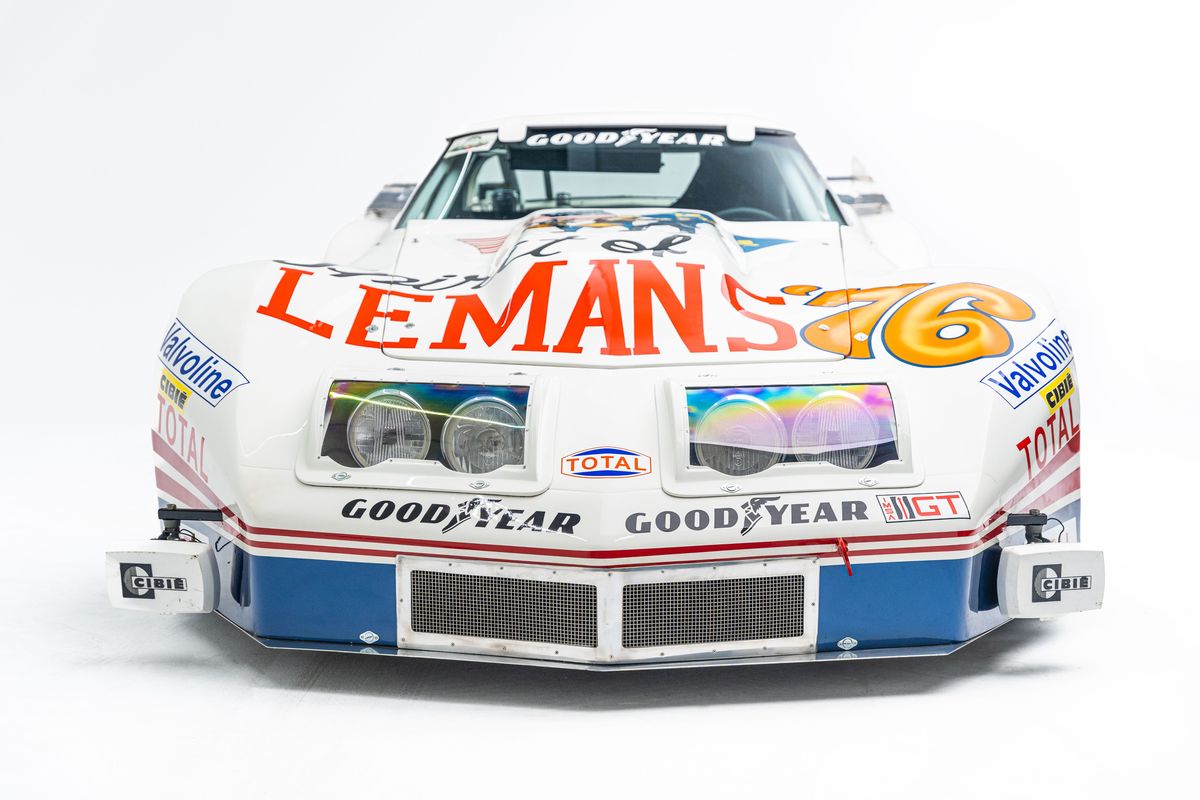
You could argue all day and into the night about what is the greatest racing sports car of all time—I mean all-around all-time, like daily driver/fun car/Vingt-Quatre Heures du Mans racing sports car. Sure, you had your Cobras, your Cheetahs, your Austins Healey. Those came and went. But really, has there ever been—and it’s still in production right now as you read this by the way—any better all-around racing sports car than the mighty Chevrolet Corvette?
Of course not.
Every generation of Corvette has been raced. And every future generation will almost certainly be raced, too. To celebrate this, the Petersen Automotive Museum in Los Angeles has gathered together eight of the great racing Corvettes from seven generations. (The current C8.Rs were all busy being raced and couldn’t participate.) Starting with a genuine C1 Briggs Cunningham Le Mans Corvette, and going all the way up to the last front-engined Corvette racer—the C7.R that garnered class victories at Daytona and Sebring—they’re all represented.
Scroll through, pick your favorite, and tell us why in the comments.
The exhibit, meanwhile, is titled, “Corvettes in Competition: Racing America’s Sports Car.” It opens to the public Saturday, August 5, at noon in the Charles Nearburg Family Gallery on the Petersen Automotive Museum’s second floor. But that’s not all. To further commemorate the Corvette’s 70th anniversary, the museum will also host a cruise-in this Sunday, July 30. If that’s not enough Corvette for you, see your doctor. You might have Corvettosis, for which there is no cure.

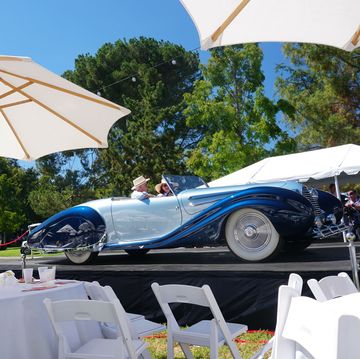
San Marino Motor Classic Was Pebble Beach South
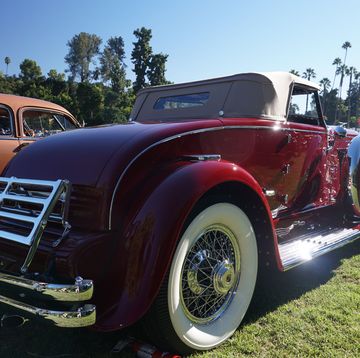
San Marino Motor Classic 2023 Photos
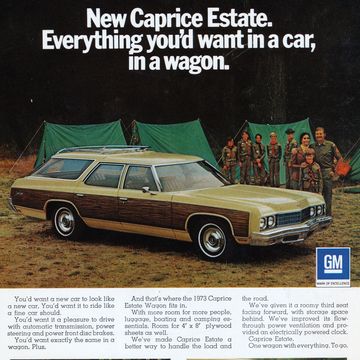
1973 Chevy Caprice Wagon Handles Roads and Loads
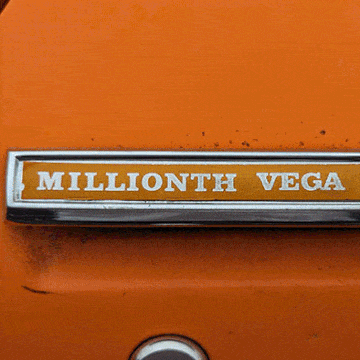
Millionth Chevrolet Vega Is Junkyard Treasure
